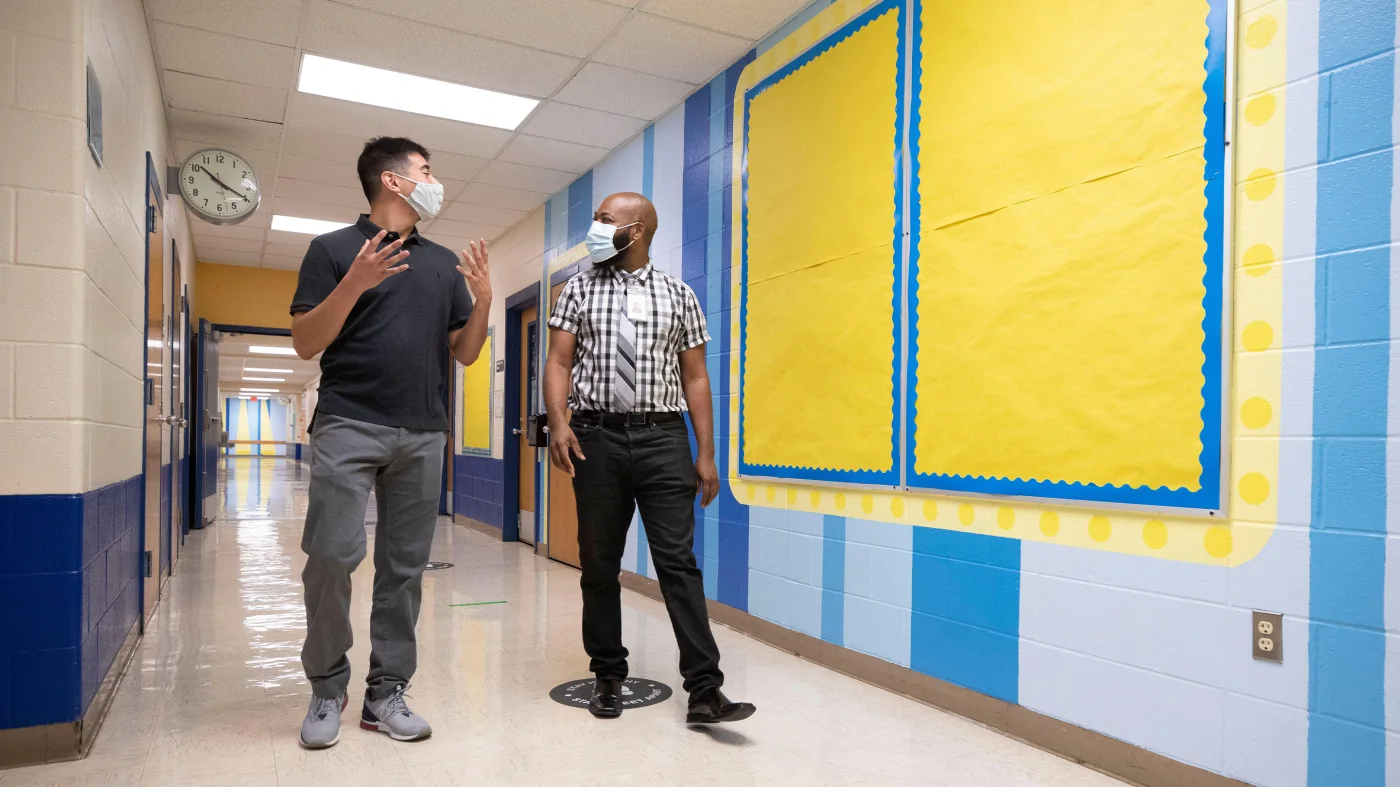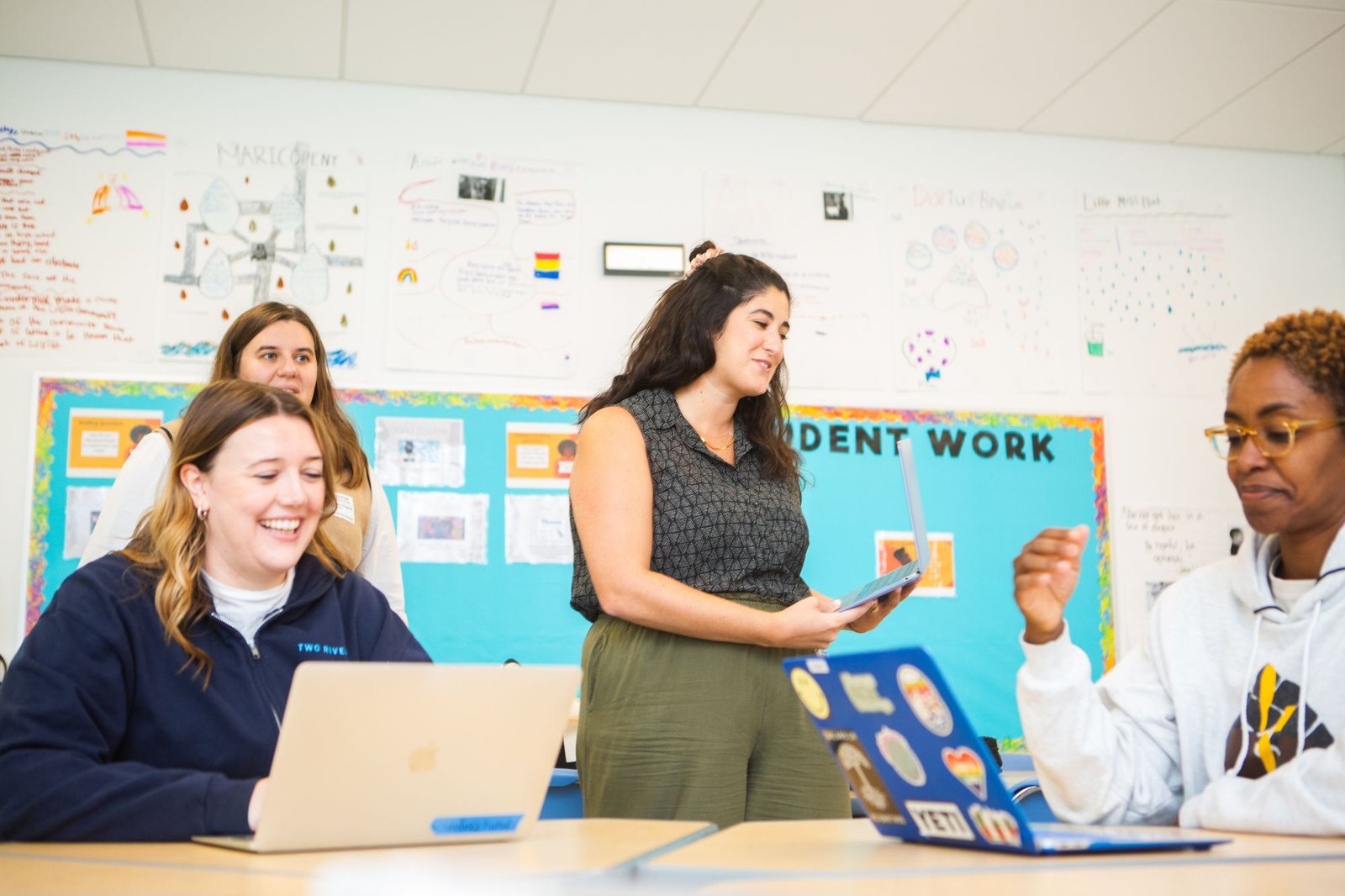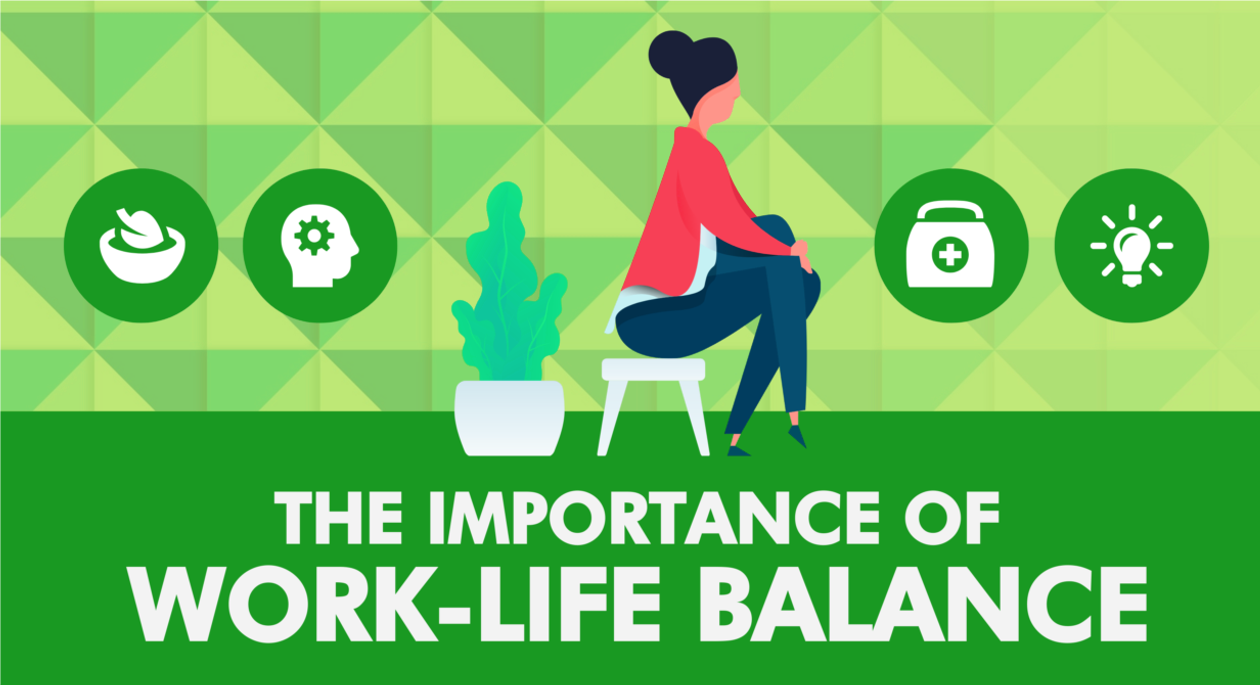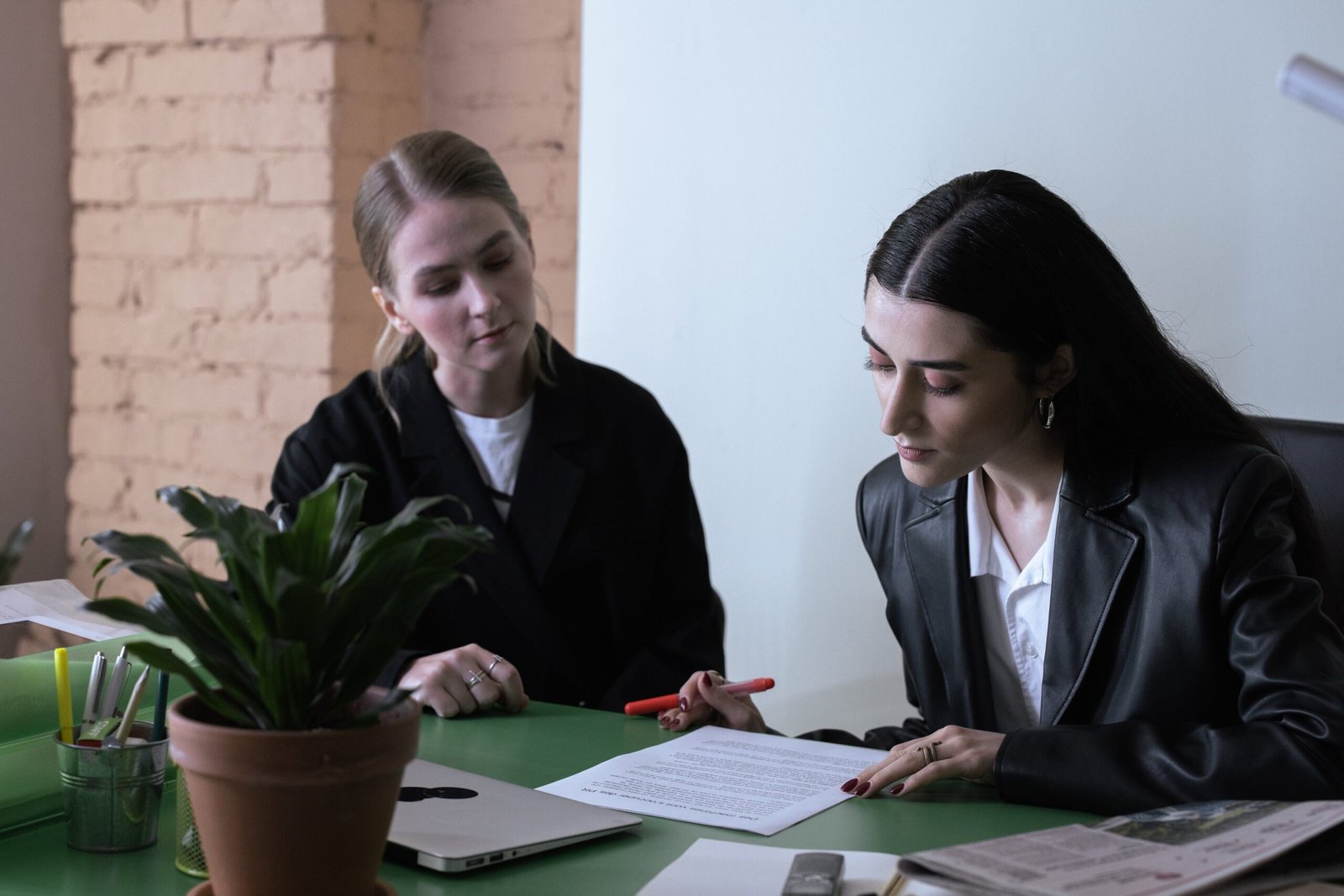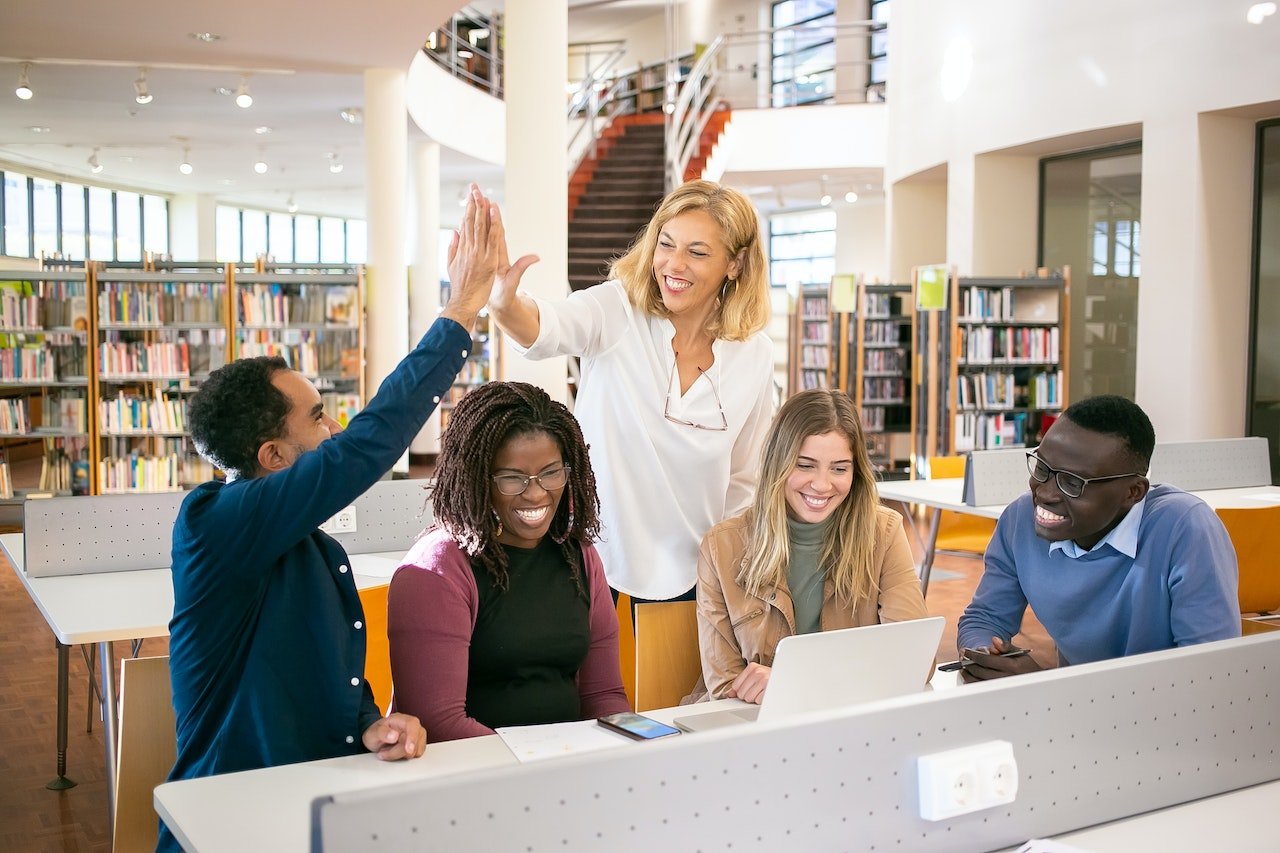Research-Backed Practices to Impact Students’ Academic and Social-Emotional Growth

Educators shared cognitive science-based research-backed strategies for promoting student learning.During a recent Tech & Learning webinar, Steve Oertle stated that too many education classes fail to consider how humans actually learn.
“I find that so many classes, bachelors, masters, doctoral… don’t consider the brain,” said Oertle, the assistant superintendent at Roxana CUSD #1 in Illinois.
Read More: What is Discovery Education? Tips & Tricks
Dr. Kecia Ray hosted the webinar, which also included Chris Hull, a former classroom teacher, and current president and co-founder of Otus, a student growth platform.
Key Takeaways
Repetition and Repetition in a Variety of Contexts
“Lesson number one from neurology is that we need a lot of repetition in anything we do to have the best chance of it being permanent,” Oertle explained.
“The second lesson in terms of neurology really is those multiple repetitions that come in learning should come in a variety of different contexts. In other words, if you keep saying something the same way over and over, you’re creating a solid neural-to-neural connection, but there’s only one way in and one way out.”
According to Oertle, providing repetition in different contexts will strengthen neural connections and give students more ways to access knowledge. “So they have an on-ramp here, an on-ramp here, and an on-ramp here, so that no matter how they arrive at whatever that skill or knowledge is, they have a plethora of ways to connect to that super-fast highway that we’ve built through repetition.”
The Four Stages of Learning
According to cognitive scientists, learning occurs primarily in four stages:
Experience. “Learning must begin with some kind of experience, which is brought into you through your five senses,” Oertle explained.
Organize and process. “You bring a new experience in, your brain has to be able to file and organize that information in terms of, ‘What do I do with this? Do I get rid of it? Is it significant? Is it significant? ‘What do I remember from my past that I can actually file this against in terms of my previous experiences?'”
Plan, hypothesize, and synthesize. “Once that information is organized based upon your prior experience or your prior knowledge, you move to the frontal lobe, which is really where we synthesize, analyze, and hypothesize. What will we do with this information? “How am I going to use it if it’s relevant?” Oertle stated.
Test and experiment. After new knowledge has passed through the first three steps, it is time for the learner to consider how they will apply this knowledge. Oertle stated. “I’m going to put it to the test. I’m going to write something and explain it to you. I’m going to make a presentation. “I’m going to try out a new skill.”
The final testing process offers a new experience that causes the student to reflect and kicks off the entire process.
Active Learning and Data
Otus (opens in a new tab) is intended to make learning more efficient. “Learning is an act that necessitates effort,” Hull explained. “We really gather the information about a kid, we visualize it so it can be acted upon. As a result, the emphasis can be on learning. That was my primary focus as a teacher.”
This information can be used to power other important teaching strategies, such as active learning, which encourages student voice and choice. “The more options there are, the more empowered learners are,” Oertle says. “There is a lot of research out there that points to high-effect exercises where students do the talking and doing rather than the teacher talking. Unfortunately, there is also research that shows that 80% to 90% of most classrooms, at least in the United States, are teachers’ voices. That’s quite a bit of teacher’s voice.”
This is just one of many areas where educators can incorporate more science-based practices into their instruction. “The students may not be learning as much as they could be if they were the ones discussing talking and having a voice and choice in the classroom,” Oertle said.
